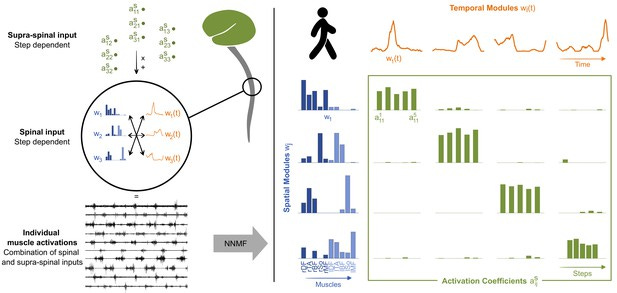Papers I Should Read Today - Dec 12th, 2023
Hierarchical clustering in clinics, motor learning and variability
Spatiotemporal gait patterns in individuals with unilateral transfemoral amputation: A hierarchical cluster analysis
Cluster analysis is a well-known machine learning technique that is used when a grouping between data points is seeked for, without the presence of any target labelling to be optimized. For this reason, cluster analysis is often applied when a large patient population is analysed for identifying different reactions to the same pathological condition. In this 2022 paper, Ichimura et al. exploit hierarchical cluster analysis to group walking patterns of people walking with a trans-femoral prosthesis.
This paper represents an interesting application of unsupervised machine learning techniques in the clinical practice, highlighting how it is possible to recognize different gait patterns in this kind of pathology, even if no evident differences in conditions can be recognised a priori.
Generating variability from motor primitives during infant locomotor development
When dealing with infants and motor learning, the concept of motor primitives arises as the set of building blocks upon which complex motor behaviour is built (similarly to the concept of muscle synergies already mentioned in this newsletter). In this 2023 paper, Hinnekens et al. try to explain how motor variability can be explained starting from these motor primitives. In order to do so, unsupervised machine learning techniques are adopted to cluster the motor patterns and determine how motor variability develops in children.
Results interestingly show how motor variability reduces as the children start learning stable motor patterns, developing additional motor primitives. In this sense, motor variability acts as a direct consequence of movement space exploration during learning.



